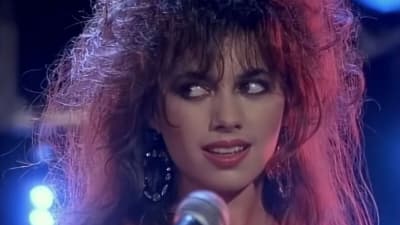- Home
- Quizzes
- My Quiz Activity
- Newsletters
- MY FAVORITES
- Add Sports/Teams
- SPORTS
-
NFL
- NFL Home
- Arizona Cardinals
- Atlanta Falcons
- Baltimore Ravens
- Buffalo Bills
- Carolina Panthers
- Chicago Bears
- Cincinnati Bengals
- Cleveland Browns
- Dallas Cowboys
- Denver Broncos
- Detroit Lions
- Green Bay Packers
- Houston Texans
- Indianapolis Colts
- Jacksonville Jaguars
- Kansas City Chiefs
- Las Vegas Raiders
- Los Angeles Chargers
- Los Angeles Rams
- Miami Dolphins
- Minnesota Vikings
- New England Patriots
- New Orleans Saints
- New York Jets
- New York Giants
- Philadelphia Eagles
- Pittsburgh Steelers
- San Francisco 49ers
- Seattle Seahawks
- Tampa Bay Buccaneers
- Tennessee Titans
- Washington Commanders
-
MLB
- MLB Home
- Athletics
- Arizona Diamondbacks
- Atlanta Braves
- Baltimore Orioles
- Boston Red Sox
- Chicago White Sox
- Chicago Cubs
- Cincinnati Reds
- Cleveland Guardians
- Colorado Rockies
- Detroit Tigers
- Houston Astros
- Kansas City Royals
- Los Angeles Angels
- Los Angeles Dodgers
- Miami Marlins
- Milwaukee Brewers
- Minnesota Twins
- New York Yankees
- New York Mets
- Philadelphia Phillies
- Pittsburgh Pirates
- San Diego Padres
- San Francisco Giants
- Seattle Mariners
- St. Louis Cardinals
- Tampa Bay Rays
- Texas Rangers
- Toronto Blue Jays
- Washington Nationals
-
NBA
- NBA Home
- Atlanta Hawks
- Boston Celtics
- Brooklyn Nets
- Charlotte Hornets
- Chicago Bulls
- Cleveland Cavaliers
- Dallas Mavericks
- Denver Nuggets
- Detroit Pistons
- Golden State Warriors
- Houston Rockets
- Indiana Pacers
- Los Angeles Clippers
- Los Angeles Lakers
- Memphis Grizzlies
- Miami Heat
- Milwaukee Bucks
- Minnesota Timberwolves
- New Orleans Pelicans
- New York Knicks
- Oklahoma City Thunder
- Orlando Magic
- Philadelphia 76ers
- Phoenix Suns
- Portland Trail Blazers
- Sacramento Kings
- San Antonio Spurs
- Toronto Raptors
- Utah Jazz
- Washington Wizards
-
NHL
- NHL Home
- Anaheim Ducks
- Boston Bruins
- Buffalo Sabres
- Calgary Flames
- Carolina Hurricanes
- Chicago Blackhawks
- Colorado Avalanche
- Columbus Blue Jackets
- Dallas Stars
- Detroit Red Wings
- Edmonton Oilers
- Florida Panthers
- Los Angeles Kings
- Minnesota Wild
- Montreal Canadiens
- Nashville Predators
- New Jersey Devils
- New York Islanders
- New York Rangers
- Ottawa Senators
- Philadelphia Flyers
- Pittsburgh Penguins
- San Jose Sharks
- Seattle Kraken
- St. Louis Blues
- Tampa Bay Lightning
- Toronto Maple Leafs
- Utah Hockey Club
- Vancouver Canucks
- Vegas Golden Knights
- Washington Capitals
- Winnipeg Jets
- NCAAF
- NCAAM
- Olympics
- Boxing
- Entertainment
- Lifestyle
- Golf
- MMA
- Soccer
- Tennis
- Wrestling
- Sports Betting
- More Sports
- RESOURCES
- My Account
- YB on Facebook
- YB on Twitter
- YB on Flipboard
- Contact Us
- Privacy Policy
- Terms of Service

30 alternative rock albums turning 30 in 2025
In 1995, grunge was fizzling out, but there were still several bands hanging on. Indie darlings were being signed to major labels to fill the void and albums released in the trip-hop, noise rock, electronica, post-hardcore, and industrial genres all fit comfortably under the alt rock umbrella. Here are 30 alt rock albums turning 30 in 2025.
TAD - Infrared Riding Hood
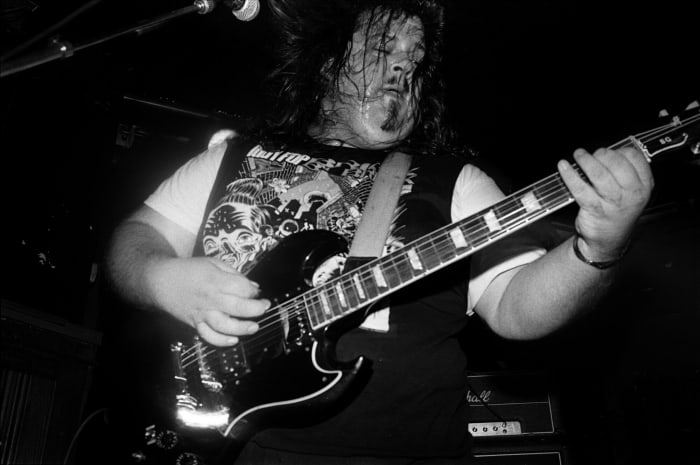
Tad Doyle and company were moved from Giant Records to EastWest (both under the Warner Bros label) for their second and final major-label release. Infrared Riding Hood saw the group playing a little more with melody, but still HEAVY. The group released a final live album, also in 1995, but called it quits not long after.
Siouxsie & The Banshees - The Rapture

While goth queen Siouxsie Sioux and her Banshees' final effort, The Rapture, was practically universally beloved, their label dropped them mere weeks after the album's release. The band limped along on a final tour, but placed the nail in their coffin as an outfit in 1996. While Siouxsie continued with her attention on solo efforts, The Rapture stands as a monument to the danger, intelligence, and exotica presented by the group.
Local H - Ham Fisted

More bands with more members wish they had the thick sound that Local H manages to create. Although the band started with a conventional lineup, they dropped the bassist and lead guitarist and continued on as a duo which was much more unconventional in 1995. Island Records released Ham Fisted, and while it underperformed, it set the group up for success in 1996.
The Amps - Pacer
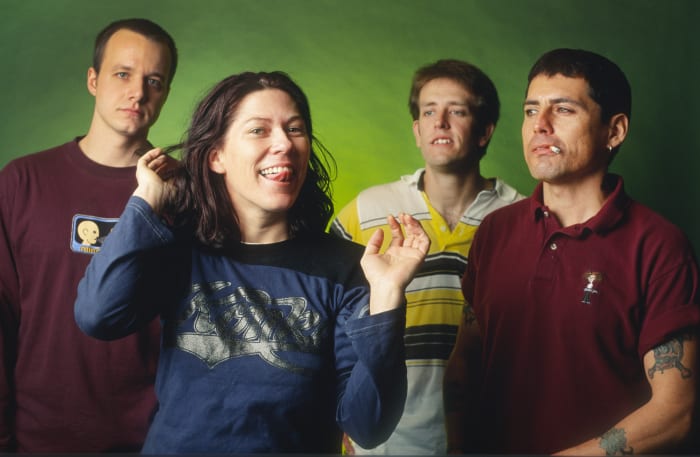
Alt queen Kim Deal formed The Amps (originally Tammy Ampersand, and then Tammy and the Amps) after putting The Breeders on hold while twin sister Kelly Deal was in rehab. Originally envisioned as a solo album, the work soon became a group effort. The band lasted less than two years, but the result is not unlike The Breeders, only more immediate. As a result, Pacer is one of the best albums of 1995.
Faith No More - King For a Day, Fool For a Lifetime

Faith No More were always a little too heavy for alt rock, and a little too weird for true metal heads. Coming off of their magnum opus Angel Dust, they released King For a Day, Fool For a Lifetime with newly (and briefly) installed guitarist Trey Spruance from Mr. Bungle. Gone were the layers and layers of soundscapes, and what remained was a more stripped down (and largely heavier) sound. While it was seen as a disappointment in the year of its release, time has vindicated the record, with the band playing the album in its entirety in 2011 in a reunion with Spruance. To date, this is the only time Faith No More have played a complete album in a live setting.
Elastica - Elastica
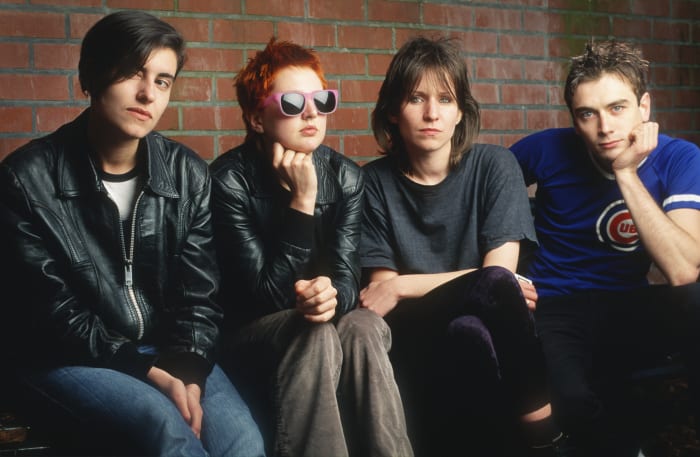
After being jettisoned from Suede in 1991, singer/guitarist Justine Frischmann and Justin Welch formed a new band. With a mix of Britpop, post-punk, and a whole lot of Wire worship, the band started releasing singles in 1993. By 1995, their self-titled debut was released and was a smash hit. Unfortunately, inner band strife killed their momentum and a follow up came six years later, but by then it was too late. All the same, Elastica and all the b-sides released from this time period are great fun.
Truly - Fast Stories... From Kid Coma!
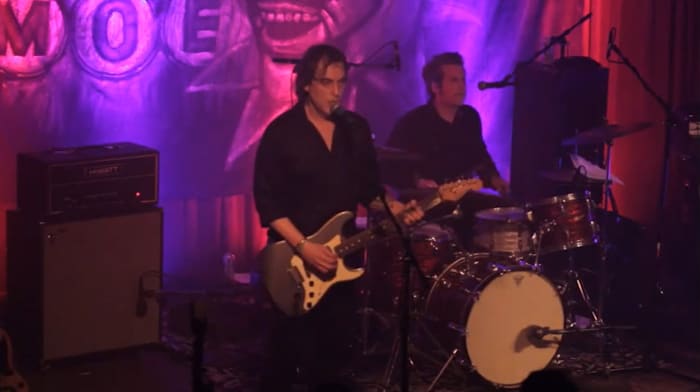
Slightly too late for the grunge boom, Pacific Northwest band Truly formed after the gold rush. Former Soundgarden bassist Hiro Yamamoto, former Screaming Trees drummer Mark Pickerel, and singer/guitarist Robert Roth play what can be equated to Kurt Cobain fronting a proggier Black Sabbath. It's not too late to check them out, as Fast Stories... From Kid Coma! was recently remastered and re-released to all your favorite streaming platforms. So, stream it 4,000 times and earn the guys 47 cents.
Radiohead - The Bends

In the wake of their accidental hit "Creep", Radiohead were not yet the eccentric weirdos we've come to know and love today. The Bends (and prior to the album, the My Iron Lung EP) show the band moving into deeper song lyric territory while still being more straightforward rock. Don't worry, weirdness was just around the corner. Even in the shadow of what the band would become, The Bends stands out as a transition piece that's still pleasant to spend some time with.
Melt-Banana - Scratch or Stitch
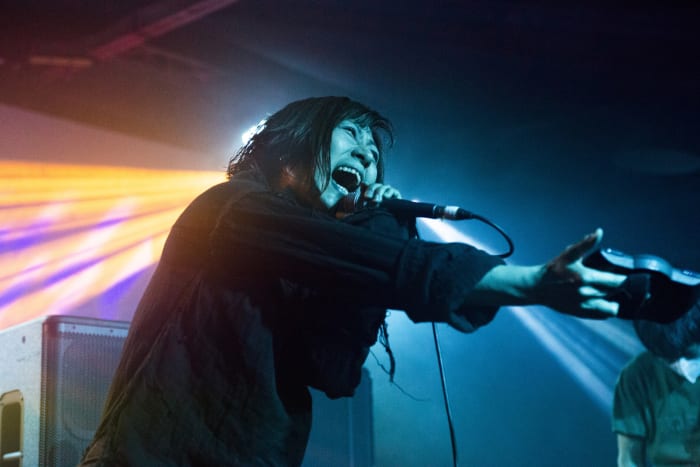
Japan's Melt-Banana is ostensibly noise-rock, but they also swirl in elements of electro-pop, grindcore, and punk. They are Schrodinger's band, both universally loved and hated. With 1995's Scratch or Stitch, the band toured the United States for the first time opening for Mr. Bungle and treated audiences to covers of songs by the Beach Boys, The Damned, and The Rolling Stones.
Silverchair – Frogstomp
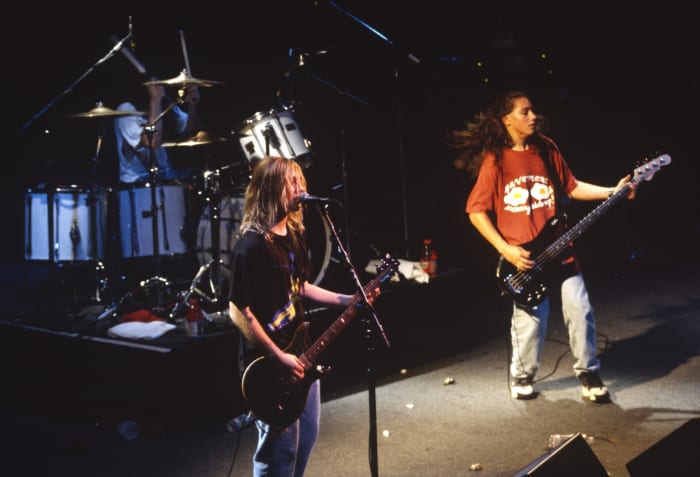
Australia's Silverchair recorded Frogstomp in nine days. Pretty good for an album that went top 10 in four countries. The attempt to capture what the band sounded like was a success, as they recorded live in the studio with minimal overdubs. Obviously influenced by the Seattle sound, the songs aren't complicated, but they rock and they're loud. Really, what more do you want?
Foo Fighters - Foo Fighters
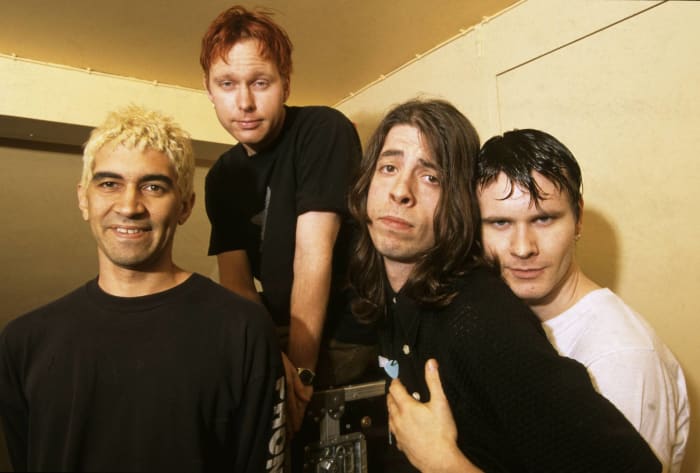
Dave Grohl has to be one of the best comeback stories of the '90s. Drumming for one of, if not the biggest bands of the early '90s, and then it's gone in a flash. What does Grohl do? He does it again. On their self-titled debut, Grohl plays every instrument but enlisted the rhythm section of Sunny Day Real Estate and Nirvana alum Pat Smear for the live version. This is the first and the best Foo album before they devolved into full on dad rock.
Foetus - Gash
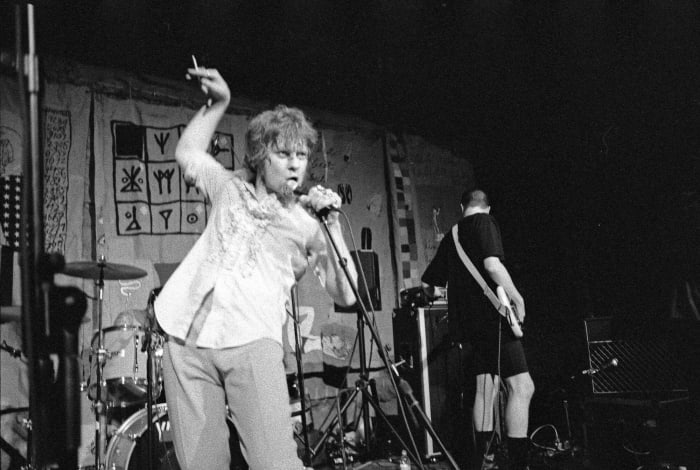
No one is lamenting the death of the bloated major label system. In the '90s, the major labels were so desperate for "the next big thing" that they signed all sorts of crazy stuff to see what would stick. The thought of J.G. Thirlwell's aggressive and difficult industrial music on Sony/Columbia is pretty hilarious, but at least he used the budget to expand his sound with Gash.
PJ Harvey – To Bring You My Love

English songstress PJ Harvey had been bubbling under for a few years, but she blew her career wide open with 1995's To Bring You My Love. While earlier works were focused on love and revenge, her breakthrough album focused more on loss and longing. To Bring You My Love was a critical and commercial success, and still regularly makes "Best of" lists of the music of the '90s.
The Flaming Lips - Clouds Taste Metallic
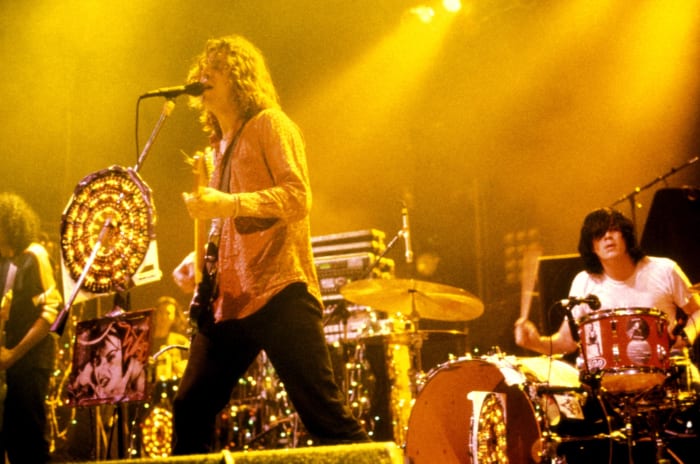
Warner Bros. might've been the most patient of the major labels. No doubt "She Don't Use Jelly" bought them some time, but here on The Flaming Lips' third album for the label, sales were not up to projections. All the same, Clouds Taste Metallic has endured as a cult favorite among their fandom and The Flaming Lips are still releasing records on Warner Bros. today.
Alice In Chains - Alice In Chains
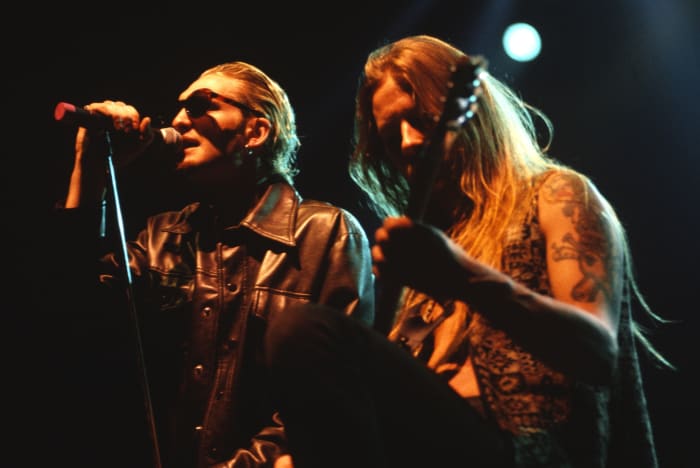
Alice In Chains is the sound of a band at the end of its life. The album is something of a disjointed mess. The band used to keep its heavy and acoustic sides separate, but here they've crashed head on into each other with inconsistent results. That's not to say Alice In Chains is a bad album, but if had known it would be the last collection of original material from the band with Layne Staley, we may have appreciated it more in its time.
Throwing Muses - University
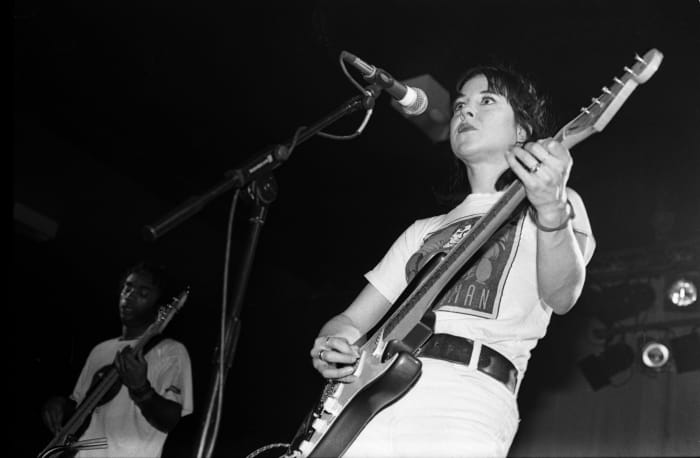
Rhode Island's Throwing Muses were darlings on college radio throughout the '80s and '90s, and their mix of alt rock, art pop, and post-punk attracted Sire Records, which released albums in partnership with indie favorite 4AD. Although University was a disappointment for Sire, leading to the band being dropped, the album had their highest-charting single ("Bright Yellow Gun") and was a critical success.
Therapy? - Infernal Love

With 1994's Troublegum, Northern Ireland's Therapy? had a global hit with their "Metallica meets Depeche Mode" sound, yet with only a fraction of the sales of either group. Feeling pressure with their followup, the band aimed to expand its soundscape with "insanity links" of ambient music DJ David Holmes between tracks and by adding a cellist to the band. Infernal Love left fans confused, but as with most things, reappraisal of the album has been overwhelmingly positive.
Belly - King

Tanya Donnelly, after doing time in The Breeders and Throwing Muses, released Belly's debut LP Star in 1993 to critical and commercial acclaim. King, however, would best be described as having a mixed reception. In recent years it has undergone something of a critical reappraisal, but the musical climate at the time was shifting, and Belly broke up in 1996. Fear not — they reformed in 2016.
Bjork - Post
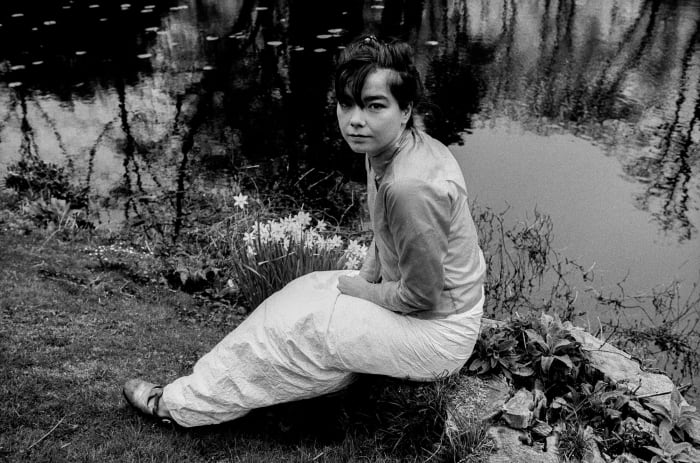
Icelandic sensation Bjork became an alternative darling with The Sugarcubes, bur broke out in a big way with her solo debut aptly entitled, Debut. With Post, she continued her commercial and critical ascent by enlisting several different producers in order to keep the album "fresh". Her music would only get more experimental and challenging from here.
Mr. Bungle - Disco Volante

Complex, exciting, and challenging, Mr. Bungle's Disco Volante is a completely different animal than their 1991 self-titled debut (and 1999's California is also a different beast than the others). The mix of death metal, jazz, Arabic music, klezmer, electronica, and easy listening created an album that Mr. Bungle fans love... and everyone else hates.
Smashing Pumpkins - Mellon Collie and the Infinite Sadness
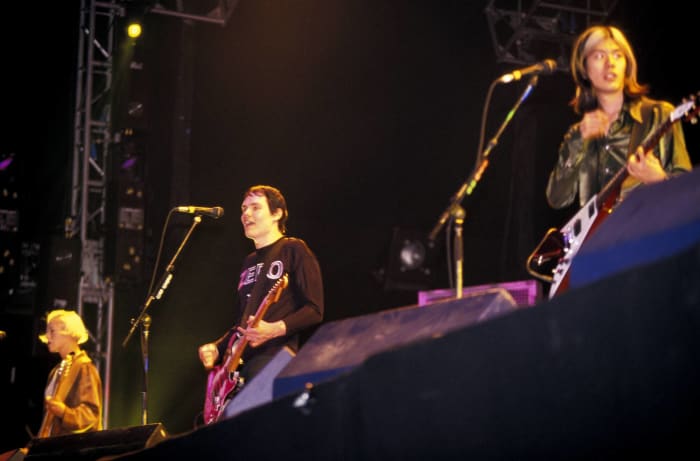
After 1993's Siamese Dream went quadruple platinum, BIlly Corgan and company were ready to push themselves over the top. They switched up producers, Corgan loosened his grip to allow the other members more imput, and expanded to work with pianos, drums loops and samples, and a live orchestra. The result is a sprawling and adventurous album, if maybe a little bloated with 28 songs.
Primus - Tales From the Punchbowl
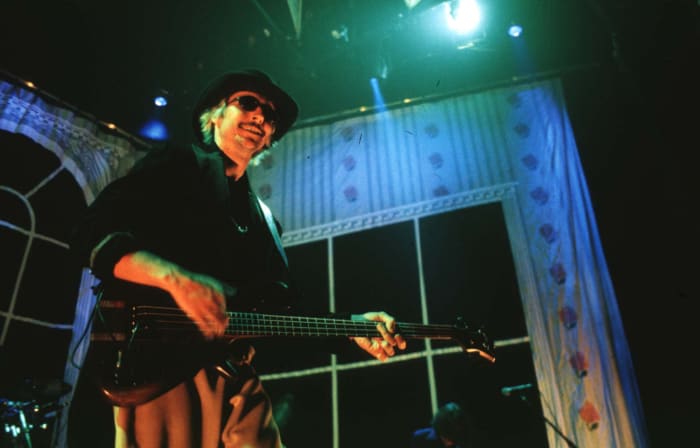
For their fourth album, Tales From the Punchbowl, Primus goes deeper into prog-rock territory but without losing the funk. The band also recorded one of their best-loved videos, "Wynona's Big Brown Beaver", while dressed as plastic cowboy battery spokesmen. Read it again, it makes sense. The band is a little bit looser here, and the result gives the space for songs to breathe. This would be the last album of theirs to be certified Gold.
Evil Stig - Evil Stig
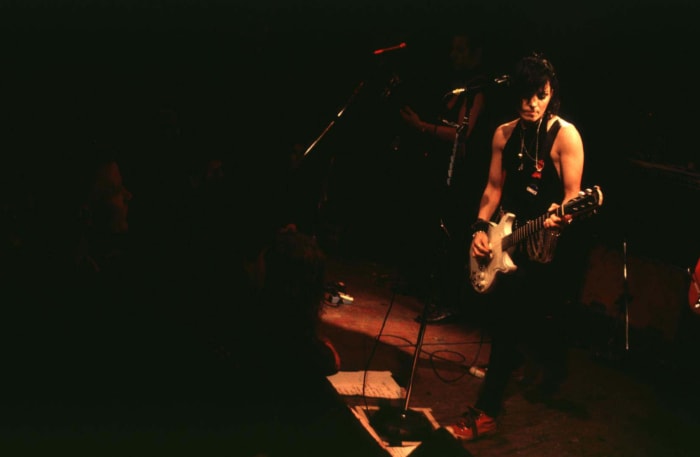
After the råpe and murder of singer Mia Zapata of The Gits in 1993, the band were doing fundraisers to hire private investigators to investigate the crime. The band approached Joan Jett to front the band for a series of benefit shows to find Zapata's killer. Evil Stig (Gits Live backward), the name of both the band and the record, raised money for the investigation. Zapata's killer was was arrested in 2002, and convicted in 2003.
Mike Watt - Ball-Hog or Tugboat?

After Firehose broke up in 1994, bassist Mike Watt (also of Minute Men) prepped to release his first solo album, Ball-Hog or Tugboat? Watt assembled a murderer's row of alt-rock royalty including members of Pearl Jam, Nirvana, Sonic Youth, Meat Puppets, Pixies, Screaming Trees, and on and on and on. The result was a highly rated album that also included what one reviewer called "an unbearable 12-minute version of Parliament's 'Maggot Brain'."
Ruby - Salt Peter
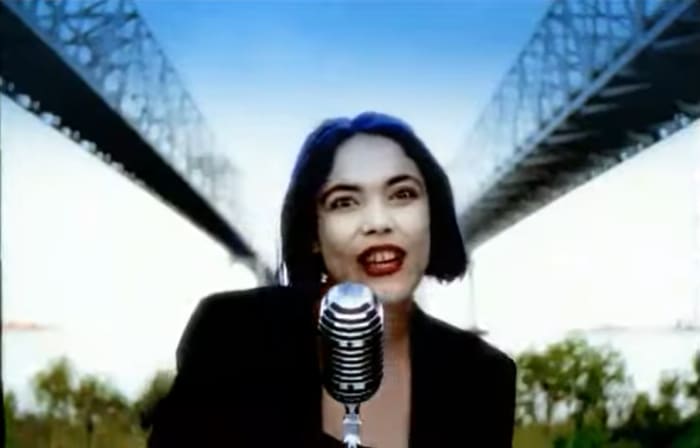
Scottish singer Leslie Rankin had left noise-rock group Silverfish in 1993, and had been working with industrial juggernaut Pigface since 1992. While working with Pigface she met Mark Walk (future Skinny Puppy multi-instrumentalist), and they teamed up on the project Ruby and released Salt Peter in 1995. The album deftly mashes up trip-hop, jazz, industrial, noise, and electronica for what amounts to a hidden gem.
For Squirrels - Example
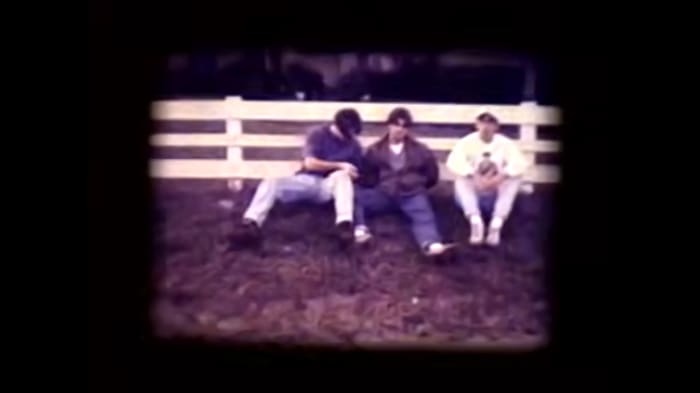
You might remember this Florida group's single "Mighty K.C.", which was a minor hit when it was released. Unfortunately, less than a month before their major-label debut, the band was in an accident that killed singer Jack Vigliatura, bassist Bill White, and their tour manager Tim Bender. Example stands as a monument to their talents and a career tragically cut short.
Babes In Toyland - Nemesisters
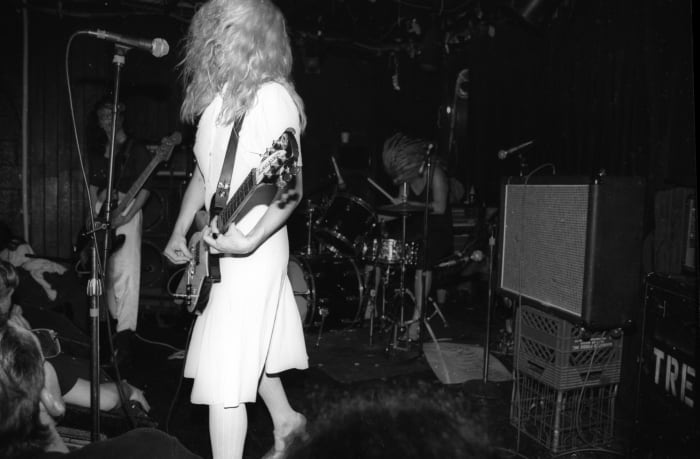
This final album from Minneaoplis trio Babes In Toyland had mixed reviews, at best. All the same, Nemesisters has plenty to recommend. "Sweet '69" is borderline power pop (but still aggressive), and "Oh Yeah!" is the sound of the band going off the rails. The band was already splintering during the recording of the album, and were dropped by the label after Nemesisters was released.
KMFDM - Nihil

After relocation to Seattle, German industrial band KMFDM settled in to work on their seventh album, Nihil. The duo of Sascha Konietzko and En Esch were having problems putting anything together, and brought back former vocalist Raymond Watts (AWOL since 1988) to help out. The result became the group's highest-selling album, and the single "Juke Joint Jezebel" sold millions of copies on its own.
Matthew Sweet - 100% Fun

Athens, Georgia's multi-intrumentalist Matthew Sweet released his fifth album 100% Fun in 1995. The title is taken from a line in Kurt Cobain's suıcide note... which is decidedly less fun. The album landed on many year-end best-of lists, fueled partially by the second single "Sick of Myself". The song has been covered numerous times and still shows up in movies and TV shows to this day.
Ned's Atomic Dustbin - Brainbloodvolume
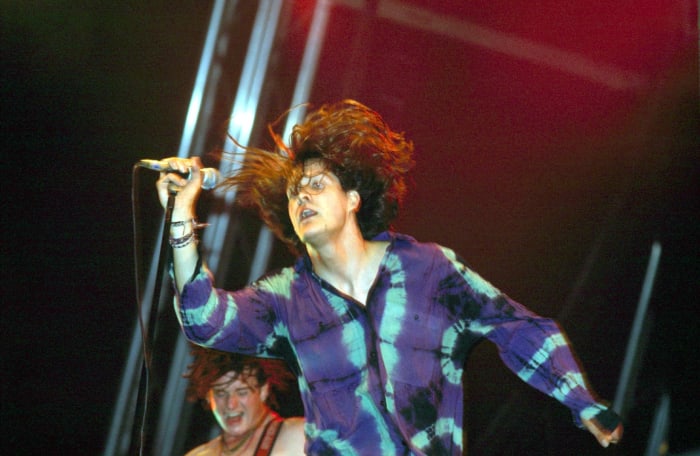
Ned's Atomic Dustbin released Brainbloodvolume in 1995, for what would be their third and final album. The title comes from the theory that increasing the blood volume in your brain increases your empathy and awareness, which contributed to people in the '60s having a hole into their skull. All of that aside, Ned's Atomic Dustbin managed the neat trick of not going more pop-music oriented, and instead took a hard left into electronics and sampling.
After obtaining his Master's Degree, Zach Richardson retreated deep within Appalachia where he lives with his family and his dogs. He has written a number of record reviews and deep dives on artists. When he's not searching the wilds for Mothman, he's procrastinating on writing a Black Sabbath piece that's been in the works for seven years
More must-reads:
- TV character deaths that we won't forget anytime soon
- 23 TV characters who simply vanished without a trace
- 22 of the most anticipated movie releases in 2025
- One and done: 20 awesome movies we never want to watch again
- 20 TV couples that became legendary when they finally got together
Customize Your Newsletter
 +
+
Get the latest news and rumors, customized to your favorite sports and teams. Emailed daily. Always free!
PRIVACY POLICY EDITORIAL POLICY CONTACT US
ABOUT YARDBARKER TERMS OF SERVICE
Use of this website (including any and all parts and
components) constitutes your acceptance of these
Terms of Service and Privacy Policy.
This site is for entertainment purposes only.
There is no gambling offered on this site.
Gambling Problem? Call 1-800-Gambler.




